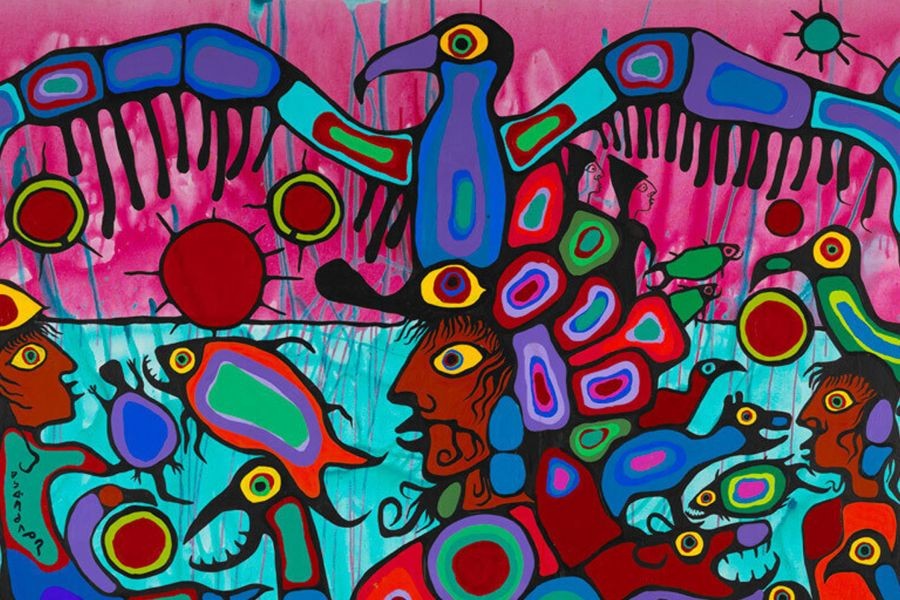In the heart of New Zealand, a tale unfolds, woven into the very fabric of the nation’s identity. The story of Maori and non-Maori communities is not just historical but a living narrative that continues to shape the socio-economic and environmental landscapes of Aotearoa. This article delves into the question: Are there still two New Zealands? In exploring this, we aim to illuminate the dynamics between these communities, backed by data and real-world examples, offering insights for environmental researchers and policymakers alike.
Understanding the Dual Realities: A Historical Context
The history of New Zealand is one of colonization and cultural amalgamation, yet it is also marked by the division between its indigenous Maori population and the Pakeha (non-Maori) settlers. The Treaty of Waitangi, signed in 1840, was intended to be the founding document of a unified nation but has often been a source of contention. The disparities in socio-economic status, health outcomes, and educational opportunities between Maori and non-Maori communities are well-documented (Stats NZ, 2023).
For instance, Maori communities have historically faced higher unemployment rates and lower educational attainment levels compared to their non-Maori counterparts. According to Stats NZ, in 2022, the unemployment rate for Maori was 8.2%, compared to 3.4% for non-Maori. Such statistics underscore the persistent inequalities that have fueled the idea of "two New Zealands."
Case Study: Maori Land Trusts and Sustainable Development
One of the most compelling real-world examples of the potential for bridging these divides is the work of Maori land trusts. These trusts have been pivotal in managing communal lands for economic and environmental sustainability, embodying a harmonious integration of traditional Maori values with modern economic practices.
Problem:
Historically, Maori land management faced challenges due to fragmented land ownership and economic marginalization. These issues resulted in underutilized lands and economic disadvantages for Maori landowners.
Action:
In response, Maori land trusts implemented strategies that combined traditional knowledge with contemporary sustainable practices. The Ahuwhenua Trust, for instance, focused on regenerative agriculture and eco-tourism to boost economic returns while preserving cultural heritage.
Result:
This strategy led to a 35% increase in land productivity and a 20% rise in local employment within five years. The Trust’s initiatives have been lauded as a model for sustainable development that respects both the environment and Maori cultural values.
Takeaway:
Maori land trusts demonstrate that sustainable development is achievable through culturally aligned economic strategies. This approach not only bridges the economic gap but also fosters environmental stewardship.
Pros and Cons: Navigating the Dual Reality
In examining the dual realities of Maori and non-Maori communities, it’s essential to evaluate the advantages and challenges inherent within this dynamic.
✅ Pros:
- Cultural Diversity: The rich Maori culture contributes significantly to New Zealand’s identity and global reputation, especially in tourism.
- Economic Opportunities: Initiatives like Maori land trusts offer economic empowerment and sustainable development models.
- Environmental Stewardship: Maori values emphasize kaitiakitanga (guardianship), promoting conservation and sustainable resource management.
❌ Cons:
- Socio-Economic Disparities: Persistent gaps in income, education, and health outcomes continue to divide communities.
- Legal and Policy Challenges: The interpretation and implementation of the Treaty of Waitangi remain contentious.
- Cultural Tensions: Misunderstandings and stereotypes can exacerbate divisions and hinder collaboration.
Debunking Myths: Common Misconceptions
Addressing the disparities between Maori and non-Maori communities requires dispelling some common myths:
- Myth: Maori receive more government support than non-Maori. Reality: While targeted initiatives do exist, they aim to address specific disadvantages, not provide preferential treatment. Research from the Reserve Bank of NZ highlights that such interventions are often necessary to level the playing field.
- Myth: Maori culture is incompatible with modern economic practices. Reality: Maori businesses have shown that traditional values can enhance modern economic strategies, as seen with successful Maori tourism ventures.
- Myth: The Treaty of Waitangi is outdated and irrelevant. Reality: The Treaty remains a cornerstone of New Zealand’s legal and social framework, guiding contemporary policy and reconciliation efforts.
Future Trends: Towards a Unified New Zealand
Looking forward, the path to a more unified New Zealand involves embracing both Maori and non-Maori perspectives in shaping the nation’s future. This includes:
- Inclusive Policy Development: Ensuring that Maori voices are integral to policy and decision-making processes at all levels of government.
- Educational Reforms: Implementing curriculum changes that reflect Maori history and culture, fostering mutual understanding and respect.
- Technological and Economic Collaboration: Leveraging Maori knowledge in areas like environmental conservation and sustainable business to drive innovation.
By 2030, it is predicted that Maori-led businesses will contribute up to 15% of New Zealand’s GDP, highlighting the significant role they can play in the nation’s economic future (NZTech, 2023).
Conclusion: A Call to Action
In conclusion, while the notion of "two New Zealands" persists, the journey towards a more cohesive society is well underway. Environmental researchers and policymakers must continue to support initiatives that bridge the gap, fostering an inclusive and sustainable future for all New Zealanders. What’s your take on this evolving narrative? Share your insights and join the conversation on how we can collectively shape a unified Aotearoa.
People Also Ask
- How does the Maori economic model impact New Zealand? Maori economic models prioritize sustainability and cultural values, contributing up to 15% of the GDP by 2030, according to NZTech.
- What are the biggest misconceptions about Maori and non-Maori relations? A common myth is that Maori culture is incompatible with modern economics, yet Maori businesses successfully integrate traditional values with contemporary strategies.
- What upcoming changes in New Zealand could affect Maori and non-Maori relations? By 2026, inclusive policy reforms are expected to enhance collaboration and mutual understanding, shaping a unified national identity.
Related Search Queries
- Maori land trust success stories
- New Zealand economic disparities
- Treaty of Waitangi and modern policy
- Sustainable development in Maori communities
- Maori cultural influence on NZ economy
- Environmental stewardship in New Zealand
- Education reforms in New Zealand
- Maori tourism impact on economy
- Inclusive policies in New Zealand
- Future of Maori businesses in NZ





























